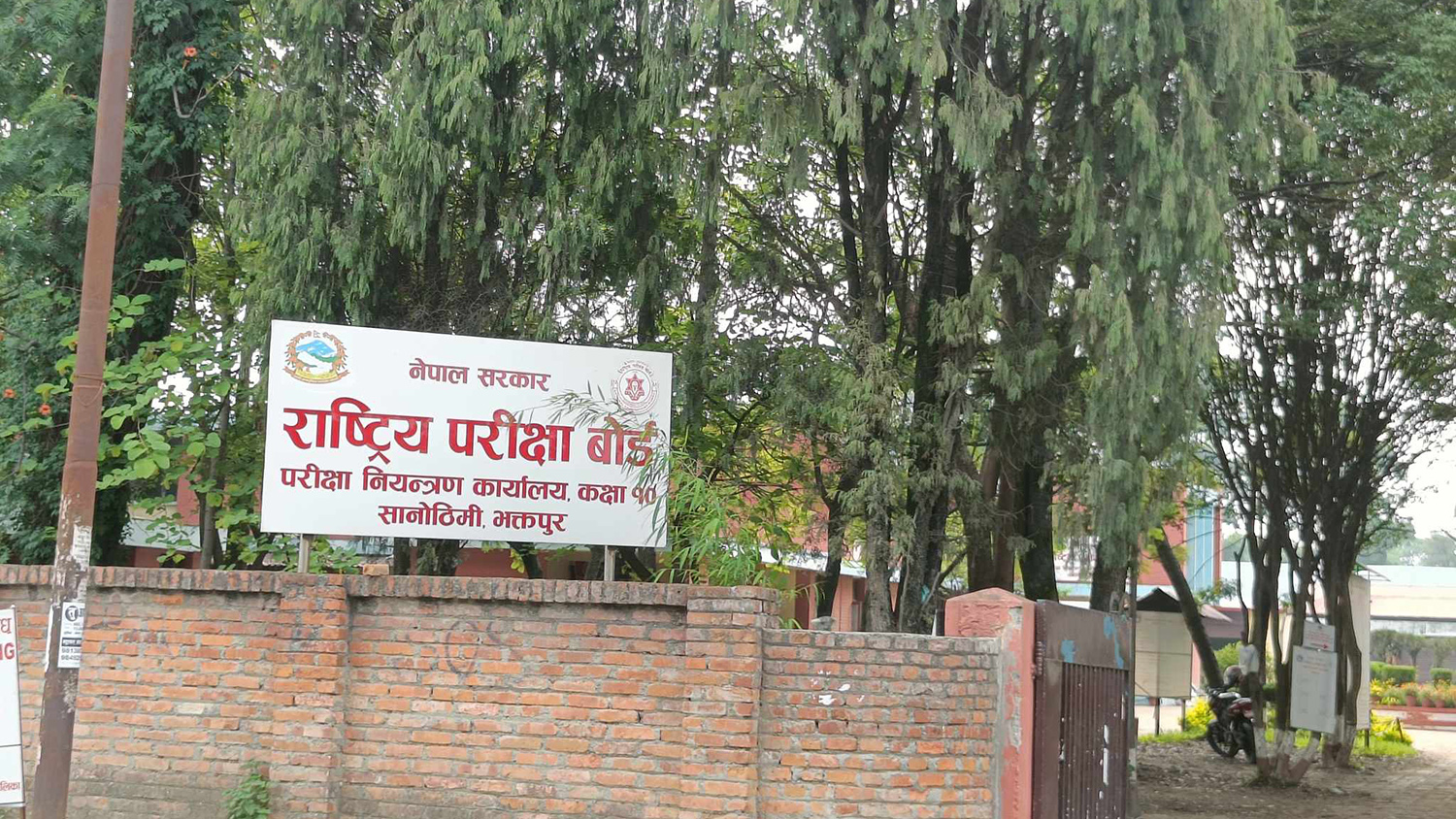Cinema and the reality of society
We use Google Cloud Translation Services. Google requires we provide the following disclaimer relating to use of this service:
This service may contain translations powered by Google. Google disclaims all warranties related to the translations, expressed or implied, including any warranties of accuracy, reliability, and any implied warranties of merchantability, fitness for a particular purpose, and noninfringement.


Art, literature and cinema etc. are considered as powerful means of expressing social reality. Such creations, which are made with the society at the center, reflect the lived society, the practiced culture and the life being experienced.



So much so that the source of creativity based on imagination is the life and social environment in which the creator is living, that is, the main basis of such creations are society and culture. However, the factors that influence how those themes are expressed can be countless. Basically, the creator's ideology or worldview in terms of society, politics, economy, environment, culture is transformed into creation or expression. Ideology is the strongest aspect that directs creation, influencing the creator's choice of content, production and presentation. For example,
will be transformed into a reflection of the ideological view of the lifestyle, culture and civilization of the tribal people. The creation of a creator with a clear vision, deep knowledge and art of expression on such subjects is very strong and effective. In the field of Nepali cinema, the currently popular 'Gaon Ingai Bato' can be taken as a strong example of this. This article discusses the social contradictions surrounding this movie. Another source that motivates
creation is the creator's interest in the subject matter, time requirements and sense of responsibility. Currently, there is a movie that is very popular internationally - 'Origin' directed by Ava DuVernay. In 2020, Isabelle Wilkerson's book 'Cast: The Origins of Our Dissent' was published. Isabelle, who is of African-American descent, explores apartheid and the caste system in South Asia through her book.
Based on the same book, Ava prepared the origin. The important question here is that both Ava and Isabel are African-American. So they were affected by apartheid and caste system. Popular books and movies were produced. The source of both these creations is the violence, discrimination and exclusion of certain communities. which they depicted and expressed their struggle against through books and cinema. The creator has said that African-Americans have a sense of responsibility towards the subject matter to take the lead in the production of such books and movies.
The road to the village
Nepali society's diverse original culture, civilization and social contradictions have started to be made into movies. In fact, such movies are giving a strong challenge to the market-controlled commercial entertainment cinema. Director Naveen Subba has a very important role to bring such a transformation in Nepali cinema. Directed by him, 'Gaon Inya Bato' has recently been screened in Nepal. After watching this movie, I realized that it has an important feature.
This is no ordinary entertaining cinema. It has expressed a strong part of the Nepalese tribal society. From a sociological point of view, the family and social relations, economic system and cultural practices of the tribal Rai caste have been presented very artistically in the cinema. For example, there is no coercive patriarchy over labor and responsibilities between husband and wife. On the other hand, the sweet love relationship between family and children is shown in a sweet way. On the other hand, it is indicated in the cinema that women have ownership over income. In addition, this movie has basically included the traditional knowledge, skills and lifestyle of the tribal people and the Rai community within it. It can be said that this cinema has documented the disappearing tribal civilization and culture.
development is needed for all people. Development is necessary to make human life easier, to make economic life sustainable and to earn a living. However, such development is not a source of destruction. In this regard, there are not many studies-research on who is benefiting and who is losing from the development taking place in Nepal, but this movie has strongly raised the issue of how the development project has negatively affected the tribal people.
In January 2077, a strong feature was published by Raju Sangtan titled 'Mato Khosikeo Euk Village Ko Katha'. In the feature, a profound question was raised about the increasing destruction of poor Tamang and marginalized communities after development in Mahottari Khairmara. A similar question has been raised by the movie 'Gaon Inya Bato'. As soon as the road (road) reaches the village, after Tripal enters, the profession of making pictures of Rai Maila is taken away. Plastic containers in the market destroy Fifi's business. Not only this, the drinks like beer and coke introduced in the village displace the tribal production system itself. The scene of consumerist capitalism destroying tribal skills, art and heritage is presented very seriously. This is not only a story of a village in Bhojpur, but a real story of tribals all over the country. With
marketing, a large part of the Dalit community, who traditionally depended on skills, arts, professions and labor, has been displaced from their professions. On the one hand, traditional occupations will be taken away or destroyed, and on the other hand, there is no alternative system. Due to this problem, the community is increasingly falling into crisis. How is the development by displacing the original skills, art and knowledge making the tribal communities dependent? This is a serious question that must be answered by economists and planners of Nepal. Which has been powerfully picked up by the cinema.
development is necessary for people's needs and convenience. However, the fruits of development should be reaped most by the poor, laborers and marginalized communities. There should be a method to reduce the suffering, distress and distress of the people. Development should not happen due to the fact that the capitalists exploit the working class, the poor and the marginalized communities and they have to be displaced. However, as shown in the movie, the road to the village has burdened Rai Maila, who lives an easy life, with the hardships of her life. Roads have expanded the market for multinational companies such as Beer and Coke. Delivered business to new consumers.
has increased consumerism and competition. The argument has been established that consumption of these items is to prove one's status among children. Due to the consumerist economic system and culture that came along the road, Rai Maila not only had to lose her children, but also had to leave the soil and village watered with her blood and sweat and go to an uncertain destination to carry another mountain of pain and suffering. This question raised in the cinema is very serious and touching. Indeed, according to the development project, the roads have reached all over the country, the consumables have reached the market, but with the development, the number of people leaving the village is increasing all over the country. This is a touching story of most Nepali villages.
Most of the people who are forced to be displaced with the development are the lower class people, this is another important point raised by the cinema. Even if the lower middle class and middle class people shown in the movie are forced to go abroad, they are not displaced. This means that development should have made the life of the weakest class easier, but the message in this movie is that not only labor, skill and profession but also the capitalist consumerist culture hits this class the most. It has also effectively shown the different results obtained due to the class environment and roads of the tribal society.
Making cinema of a serious nature is a challenging task in itself. It is difficult to make such a cinema without a thorough study of the social system, political environment, economic mobilization and cultural environment as well as the character of the state. Along with the theme that this movie takes up, the acting of the actors is very lively and impressive. In part, there may be a comment on whether the screenplay or the use of material matches the identity or not, but on the whole, looking at the seriousness of the theme raised by the cinema and the presentation, it simply raised a serious question. It is very different and strong in terms of content and presentation.
Original Cinema Promotion
cinema production is an intellectual task in itself. However, public intellectuals do not discuss, discuss and debate about the cinema of Nepal. There is also a tendency to look at cinema only as a means of entertainment or the producer does not make serious cinema about thematic issues. For both reasons, there is not much public discussion about cinema. However, it is the duty of the political leadership, policy makers and academics and public intellectuals to find or give social and economic political answers to the questions raised by movies such as the way to the village.
The movies being made in Nepal should be reviewed, discussed and discussed in terms of what kind of questions they are raising, what kind of culture they are promoting and what kind of impact they are having on the society. For this, people involved in art, culture and cinema as well as political and public debates need to be interested and concerned.
प्रकाशित : जेष्ठ ३२, २०८१ ०८:२४

 २२.१२°C काठमाडौं
२२.१२°C काठमाडौं

























